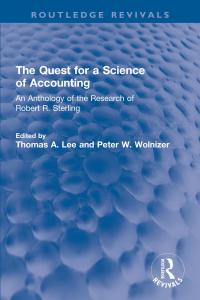Answered step by step
Verified Expert Solution
Question
1 Approved Answer
Question 7, Now set v = 0.5. Compute again the implied rental rates, implied capital income tax rates in the U.S. and Japan. Explain how

Question 7,
Now set v = 0.5. Compute again the implied rental rates, implied capital income tax rates in the U.S. and Japan. Explain how your results compare to those under Cobb-Douglas technology.
Question 8,
Continue with the CES production function with v = 0.5. If taxes were eliminated in both countries, what would be the capital-output ratios in the U.S. and Japan that would generate the same global return of 6%? Explain your findings.
please answer it with steps, thanks.
Production, taxes and the allocation of capital: Consider the U.S. and Japan. The following facts characterize capital allocation in the two countries in 2005. First, the capital-output ratio is 2 in the U.S. and close to 4 in Japan. Second, investment rates, measured as investment-output ratio are 19% in the U.S. and 37% in Japan in the same year. Third, both countries are on the balanced growth path. Assume that worldwide return on capital net of taxes and depreciation is 6%. Also assume that both U.S. and Japan have the same production function given by Y = [w K + (1 -w)(AL)"][/v (1) where 0
Step by Step Solution
There are 3 Steps involved in it
Step: 1

Get Instant Access to Expert-Tailored Solutions
See step-by-step solutions with expert insights and AI powered tools for academic success
Step: 2

Step: 3

Ace Your Homework with AI
Get the answers you need in no time with our AI-driven, step-by-step assistance
Get Started


